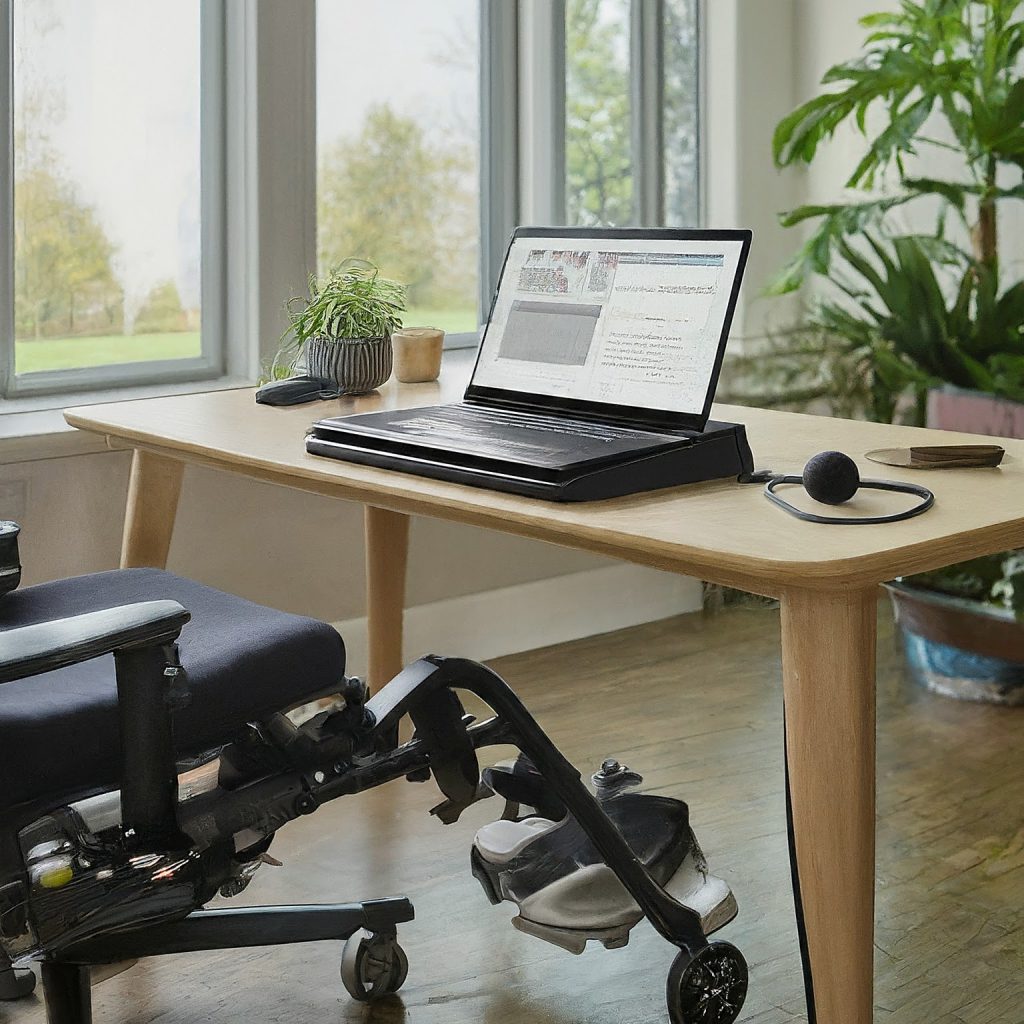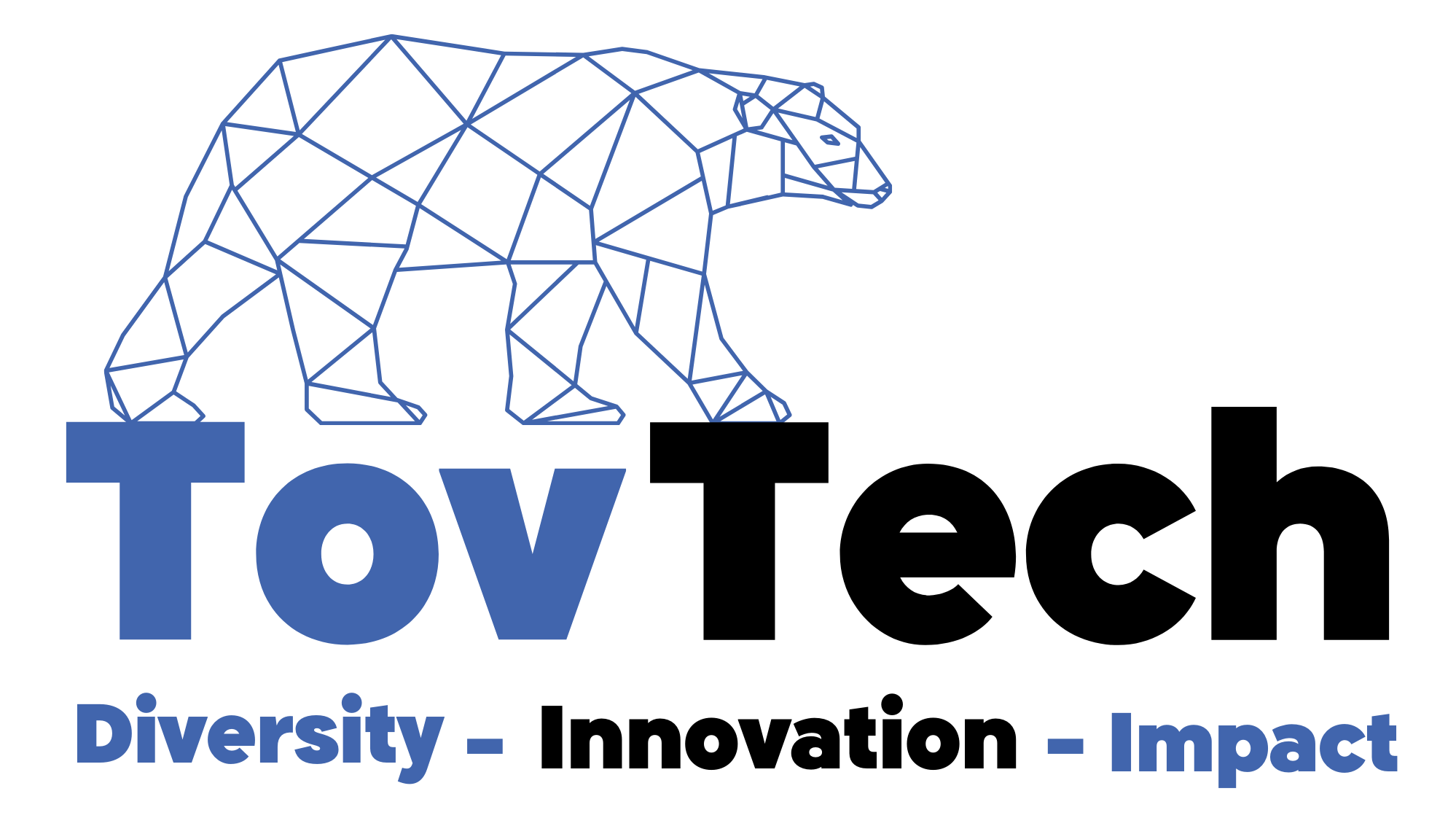Employment Rate Rising for People with Disabilities: Why Tech Accessibility Matters
Recent reports show promising news: the employment rate for people with disabilities is increasing. This positive trend highlights the importance of creating accessible and inclusive opportunities in the ever-evolving world of technology.
Why does tech accessibility play such a crucial role in this progress? When technology, education, and workplaces are designed with accessibility in mind, it unlocks incredible potential for people with disabilities.
How Accessible Tech Impacts Employment
Imagine you have a hearing impairment. Accessible tech tools, like captioning on training videos or real-time transcription in meetings, would make a huge difference in your ability to learn and participate effectively.
Or, what if you have a mobility disability? Assistive technologies that allow you to control computers without a traditional mouse and keyboard can open doors to careers that were previously difficult to access.
Accessible tech education is essential for building the in-demand digital skills that employers are seeking. When we provide accessible learning pathways, we empower people with disabilities to join the tech workforce and contribute their unique talents.
Benefits Beyond the Individual
The impact of accessible tech and disability employment extends far beyond individuals. When companies embrace inclusive technology and hiring practices, they benefit from a wider pool of talent, increased innovation, and a stronger understanding of diverse customer needs.
On a societal level, increasing employment for people with disabilities boosts economic growth, reduces reliance on social support programs, and fosters a more just and equitable society.
How to Make Progress
While we celebrate the rising employment rates, we must continue to push for greater accessibility in the tech world. Here’s how we can make a difference:
* Advocacy: Support initiatives and organizations championing accessible technology and inclusive workplaces.
* Universal Design: Promote the concept of universal design in tech development and education, ensuring that products and learning experiences are usable by the widest possible audience.
* Collaboration: Encourage businesses, educators, and disability communities to work together to create accessible pathways to tech careers.
The rising employment rate for people with disabilities is a sign of progress, but it’s also a call to action. By focusing on accessibility in tech, we create a future where everyone has the opportunity to thrive in the digital age.



